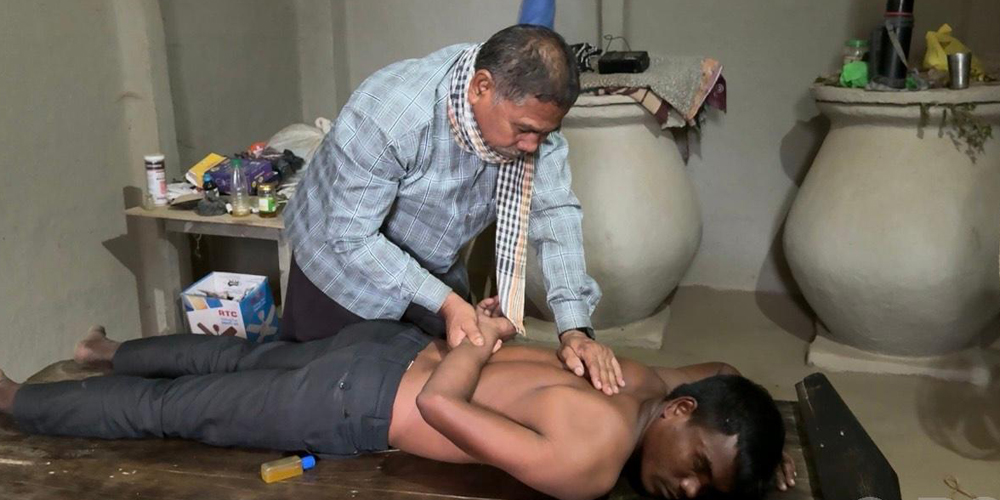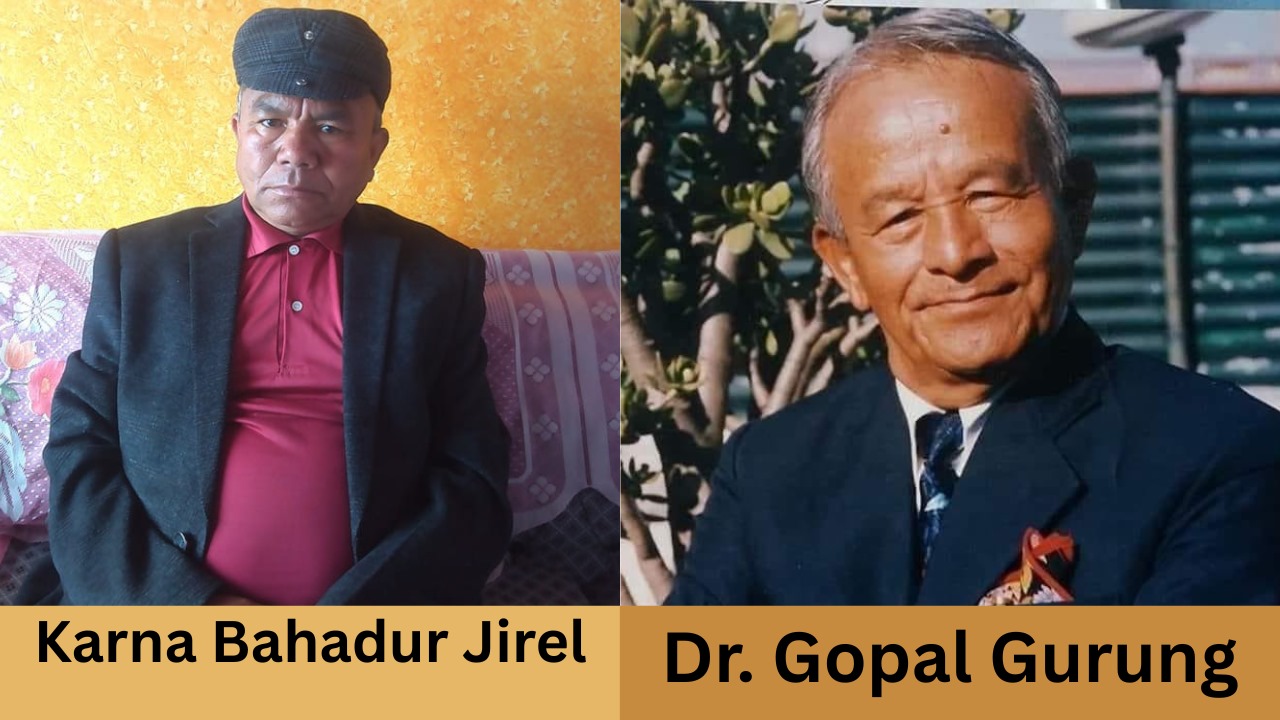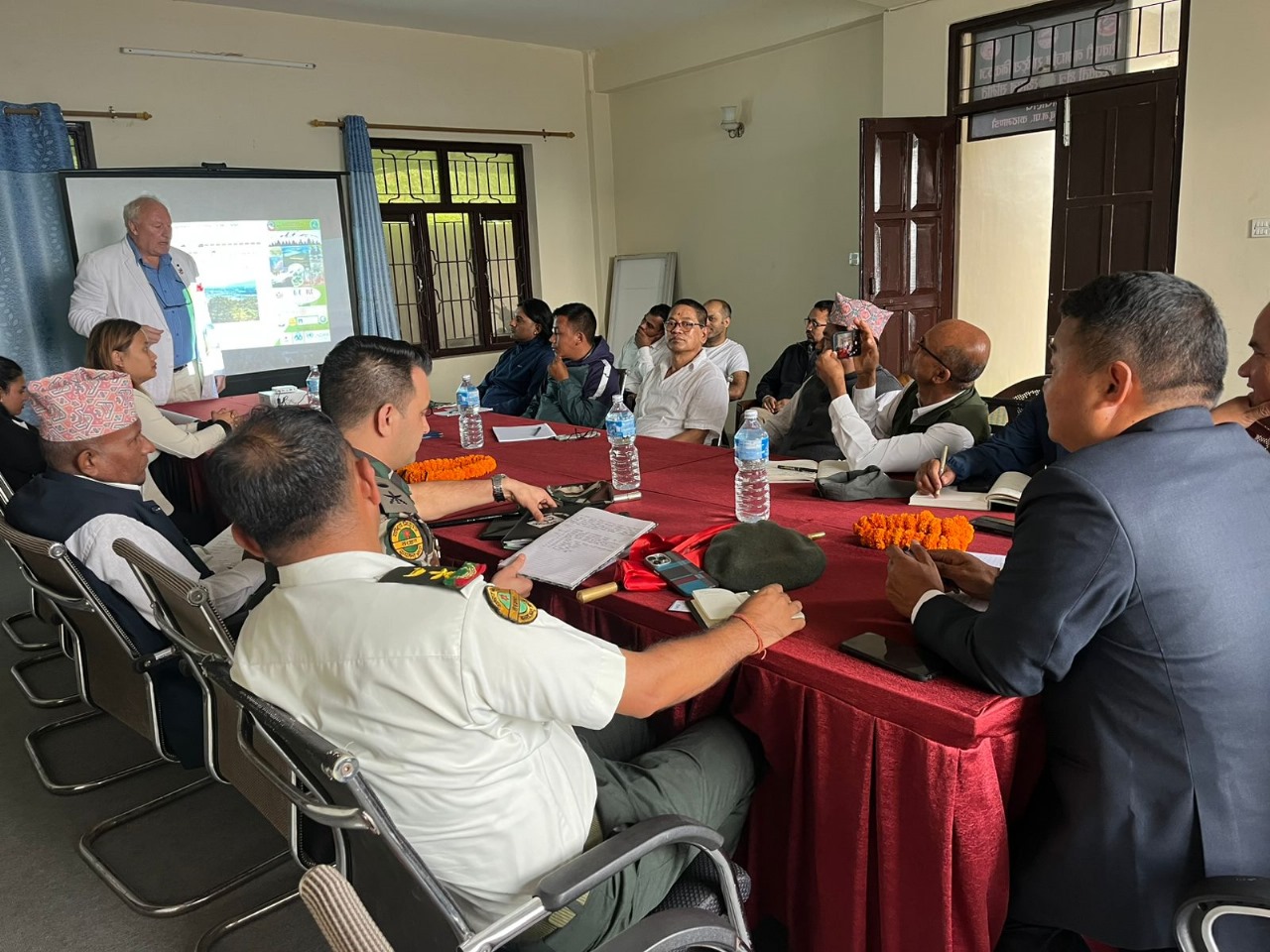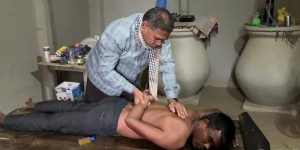Biratnagar, 06 Aug: The outbreak of Lumpy Skin Disease (LSD), which had claimed the lives of thousands of livestock in Koshi Province two years ago, has flared up again. Experts believe this resurgence is due to the failure of all three tiers of government to continue the vaccination program initiated back then.
After two years, farmers in Koshi Province are once again suffering losses due to LSD. According to data from the Province’s Directorate of Livestock and Fisheries Development, as of last week, 22,122 cows and buffaloes had been infected, with 637 deaths reported.
This time, Jhapa district has been the hardest hit, with 14,692 animals infected and 410 deaths. Following Jhapa, the infection is spreading rapidly in Morang, Ilam, and Sunsari. The disease has been detected in all districts of the province except Solukhumbu, Okhaldhunga, and Sankhuwasabha.
From Falgun 2079 to Shrawan 2080 BS (roughly March 2023 to August 2023), the disease had killed 9,421 animals in Koshi Province and affected more than 281,000 livestock. Ilam and Jhapa were the worst-hit districts at the time.
Experts warn that the outbreak has resurfaced in epidemic proportions because LSD was not included in the national immunization program. Dr. Gangaram Yadav, Senior Livestock Development Officer at the Directorate of Livestock and Fisheries Development, emphasized the urgency of adding LSD to the routine vaccination list, just like other infectious diseases. He stated that had the vaccination campaign been continued last year, the current impact would have been minimal.
Dr. Sheetal Bhattarai, head of the Veterinary Hospital and Animal Service Center in Jhapa, mentioned that livestock vaccinated two years ago are still safe. However, young calves under four months at the time were not vaccinated, and now those animals are getting infected. She too stressed the importance of making the LSD vaccine a routine measure.
According to Dr. Yadav, the province needs approximately 800,000 to 1 million doses of vaccine annually, but only 400,000 doses have been received this year. This is insufficient to meet the demands of all districts, and the timing of vaccination has also been problematic. Since the infection typically spreads from Jestha to Bhadra (May to September), he recommends that vaccinations be completed by Chaitra (March).
He added that the vaccine takes about a month to become effective, so the campaign must be scheduled accordingly. Once vaccinated, animals remain protected for up to a year. However, since vaccines were only administered after the outbreak this time, their impact has been limited.
Dr. Yadav estimates that the provincial government would need at least NPR 20 million to conduct a proper vaccination campaign. The government is currently purchasing LSD vaccines from a Nepali company at NPR 24 per dose and distributing them. Farmers can also purchase the vaccine privately at prices of up to NPR 65 per dose.
He believes that if every local government allocates even a small budget and implements the policy effectively, it is possible to make the LSD vaccination campaign successful. According to the national livestock census, Koshi Province has about 1.3 million cows and buffaloes, though technicians estimate the actual number is even higher.






















